This book is about the death of Queen María Luisa de Borbon y Orleans when she was 27 years of age.
Marie Louise d'Orléans (26 March 1662 – 12 February 1689) was Queen of Spain as the wife of King Charles II. She was the daughter of Philippe I, Duke of Orléans and Princess Henrietta of England. After horseback riding on 11 February 1689, she experienced abdominal pain followed by convulsions and vomiting. She died the following night. There were rumors she was poisoned.
Charles II of Spain (6 November 1661 – 1 November 1700) was King of Spain from 1665 to 1700. The last monarch from the House of Habsburg, which had ruled Spain since 1516, neither of his marriages produced children, and he died without a direct heir.
Before Maria Luisa, the King was engaged to marry Maria Antonia de Austria. Maria Antonia Josepha Benedicta Rosalia Petronella of Austria(18 January 1669 – 24 December 1692) was an Electress of Bavaria as the wife of Maximilian II Emanuel, Elector of Bavaria. She was the eldest daughter and only surviving child of Leopold I, Holy Roman Emperor and his first wife Margaret Theresa of Spain. She was the heiress to the Spanish throne after her maternal uncle Charles II of Spain from 1673 until her death.
Carlos and Maria Luisa married by proxy at the Palace of Fontainebleau. Palace of Fontainebleau, located 55 kilometers southeast of the center of Paris,is one of the largest French royal châteaux. It served as a hunting lodge and summer residence for many of the French monarchs, beginning with Louis VII. Francis I, Henry II, Louis-Philippe, Napoleon Bonaparte and Napoleon III.
Luis Armando de Borbón, Prince of Conti, was the representative of Carlos at the wedding. Louis Armand de Bourbon (30 April 1661 – 9 November 1685) was Prince of Conti from 1666 to his death. He was a son-in-law of King Louis XIV of France, who was his namesake.
The King first met Maria Luisa in Quintanapalla, Burgos, where they confirmed their marriage on 19 November 1679.
In the book Carlos asks the writer Francisco Antonio de Bances y Candamo to investigate the death of the queen. Francisco Antonio de Bances y López-Candamo (April 26, 1662 – September 8, 1704) was a playwright of the Spanish Golden Age. His theatrical career began in 1685 with the premiere of his play Por su rey y por su dama de él, and he was soon appointed he was appointed as dramaturg to the royal court by Charles II of Spain.
The court resided in the Alcazar de Madrid, which is where the first interview between Carlos II and Candamo happened. The Royal Alcázar of Madrid ( was a fortress located at the site of today's Royal Palace of Madrid. It was the residence of the Spanish royal family and home of the Court, until its destruction by fire during the reign of King Philip V (the first Bourbon king), on Christmas Eve 1734.
O
One of the Queen's waiting ladies was Olympia Mancini, Countess of Soissons. Candamo discovered that she had been involved in a case of poisonings in France, because of which she was banished from the country. lympia Mancini, Countess of Soissons (11 July 1638 – 9 October 1708) was the second-eldest of the five celebrated Mancini sisters, who along with two of their female Martinozzi cousins, were known at the court of King Louis XIV of France as the Mazarinettes because their uncle was Louis XIV's chief minister, Cardinal Mazarin.
Mariana de Austria was the mother of the King, and she seemed to have reasons to dislike her daughter-in-law. Mariana of Austria (24 December 1634 – 16 May 1696), was Queen of Spain from 1649, when she married her uncle Philip IV of Spain, until his death in 1665. She was then appointed regent for their three-year-old son Charles II, and due to his ill health remained an influential figure until she died in 1696.
After the death of the Queen, the KIng retired to the Palac of the Buen Ritiro. Buen Retiro Palace in Madrid was a large palace complex designed by the architect Alonso Carbonell and built on the orders of Philip IV of Spain as a secondary residence and place of recreation. It was built in what was then the eastern limits of the city of Madrid. Today, what little remains of its buildings and gardens forms the Retiro Park.
The person who is chosen to organise the music and poems for the funeral of the queen is Diego Juan de Vera TAssis y Villarroel. He was a writer and playwright of the gilded age.
Juan Claudio de la Hoz y Mota (1630?–1710?) was a Spanish dramatist. He was born in Madrid, and became a Knight of Santiago in 1653, and soon afterwards succeeded his father as regidor of Burgos.
Candamo asked for the help of several painters of the time. The main one was Claudio Coello. Claudio Coello (2 March 1642 – 20 April 1693) was a Spanish Baroque painter. Coello is considered the last great Spanish painter of the 17th century.He was made painter to Charles II, by whom he was employed in the Escorial.
Sebastián Muñoz (c.1654, Casarrubios del Monte - 20 March 1690, Madrid) was a Spanish Baroque painter. In 1689, he painted the Queen's funeral for the Convento del Carmen Calzado. It is said that the monks didn't recognize the Queen as portrayed, so Muñoz had to place her portrait in a medallion, supported by angels.
José Jiménez Donoso (c.1632, Consuegra – 14 September 1690, Madrid) was a Spanish Baroque architect and painter.
Teodoro de Ardemans or Ardmans (ca. 1661–1726) was a Spanish architect and painter.He was a disciple of the painter Claudio Coello, although he mainly practiced architecture; the municipality of Toledo named him master of the Cathedral of Toledo.
Maria Bárbola, also known as Mari, Mariabárbola and Mariabárbola Asquín (died after 1700), was a Spanish courtier, foremost known from the famous painting Las Meninas. She was from Austria and from 1651 onward employed as a court dwarf in the household of the queen regent of Spain, Mariana of Austria, with the official title Enana de la Reina, and a companion to Margaret Theresa of Spain.
Mariana de Neoburgo, who finally became the Spanish Queen. Maria Anna of Neuburg[a] (28 October 1667 - 16 July 1740), was a German princess and member of the Wittelsbach family. In 1689, she became Queen consort of Spain as the second wife of Charles II of Spain, last Habsburg ruler of the Spanish Empire.
Infanta Isabel Luísa Josefa of Portugal (6 January 1669 – 21 October 1690) was the only child of Peter II of Portugal and his first wife and former sister-in-law, Maria Francisca of Savoy. She was the heiress presumptive to the throne of Portugal between 1668 and 1689, when her half-brother John was born.
Candamo finds out that the oysters that the queen ate the day before she got sick came from Inés Francisca de Zúñiga y Ayala, Countess of Monterrey.
Candamo and the King go to the 'pudridero' in the Escorial because they learnt that if someone dies of arsenic poisoning a body doesn't decompose as fast as another who has died of other causes. In the pudridero bodies need to stay for about 30 years before they can be moved to their last resting places.

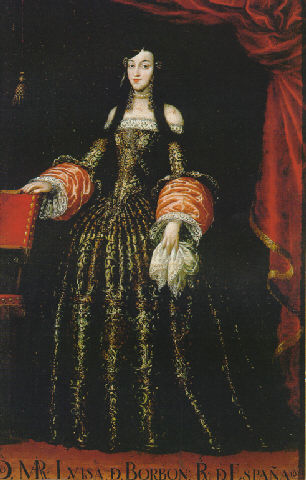




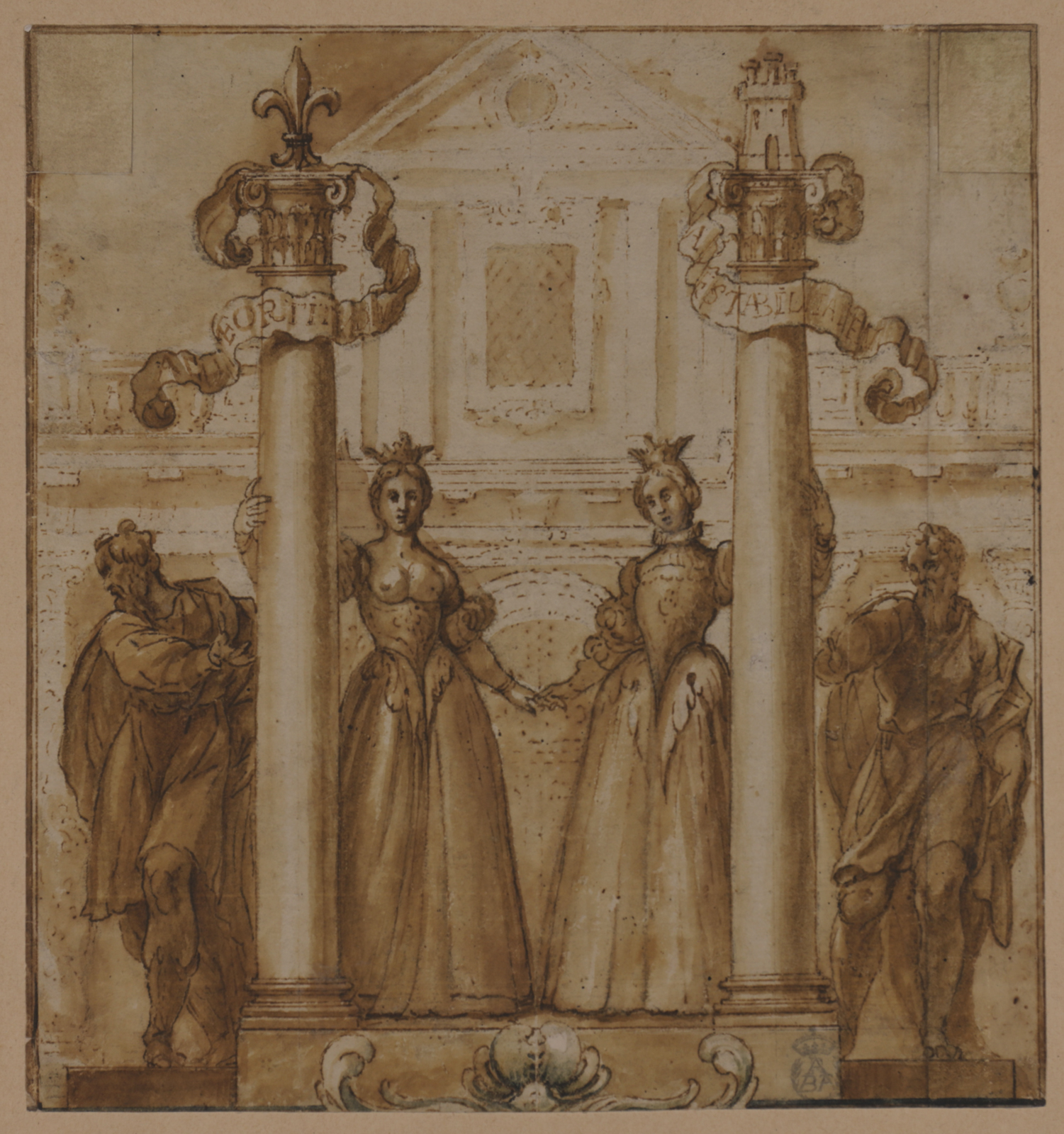


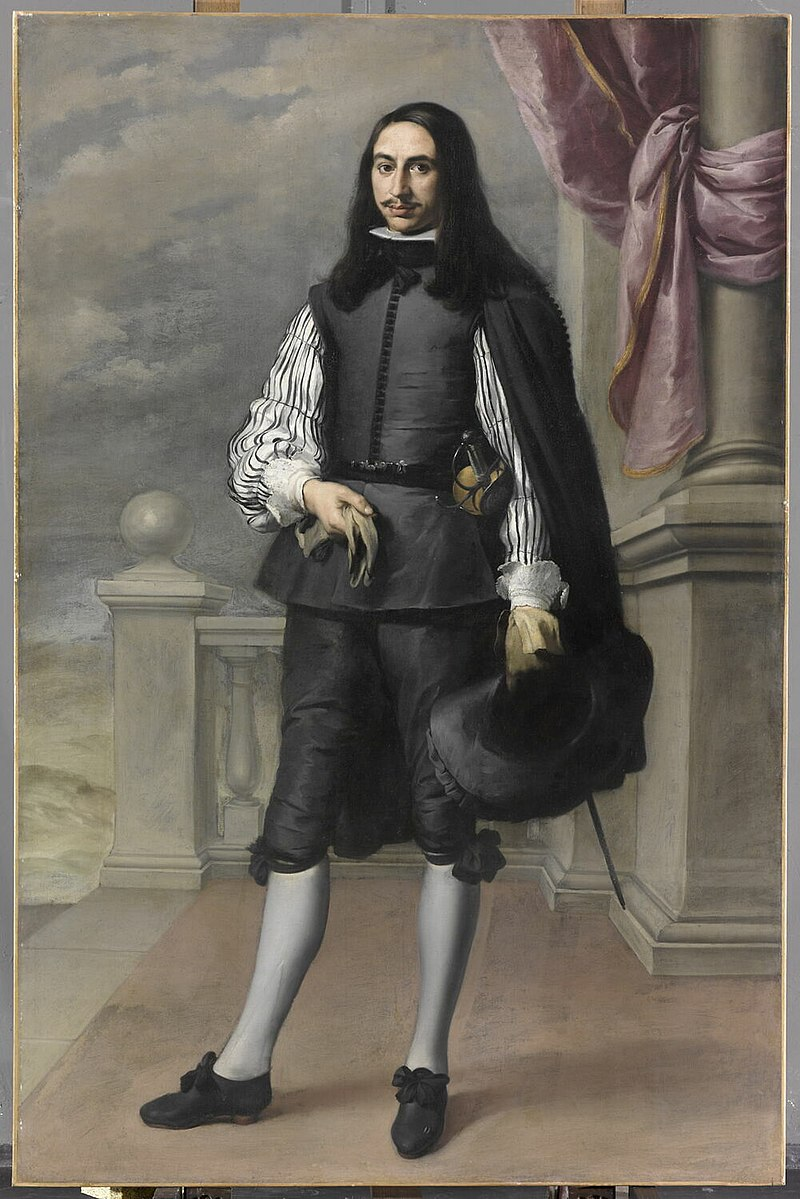


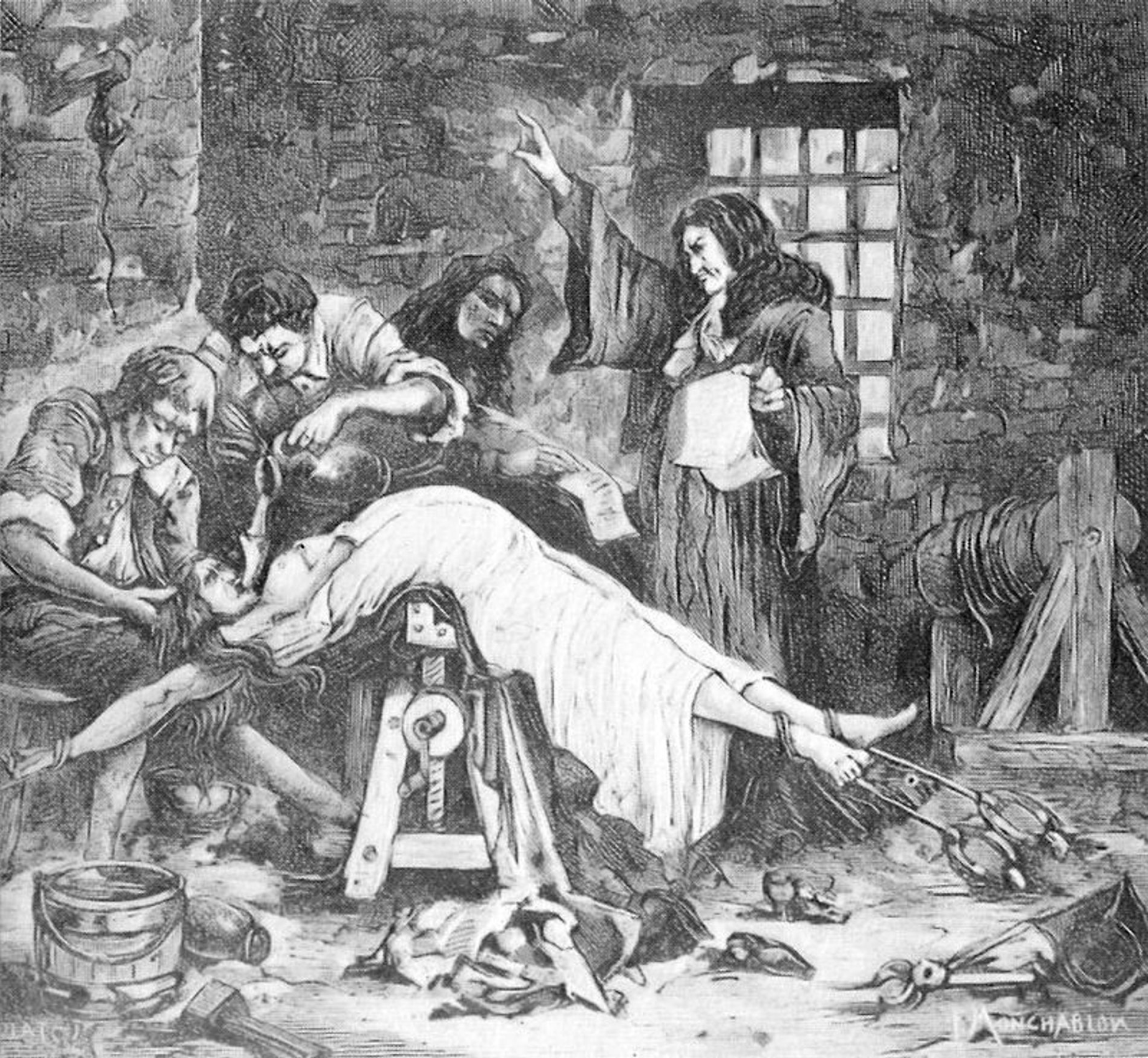

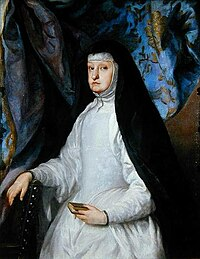







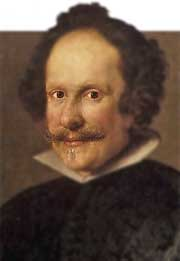

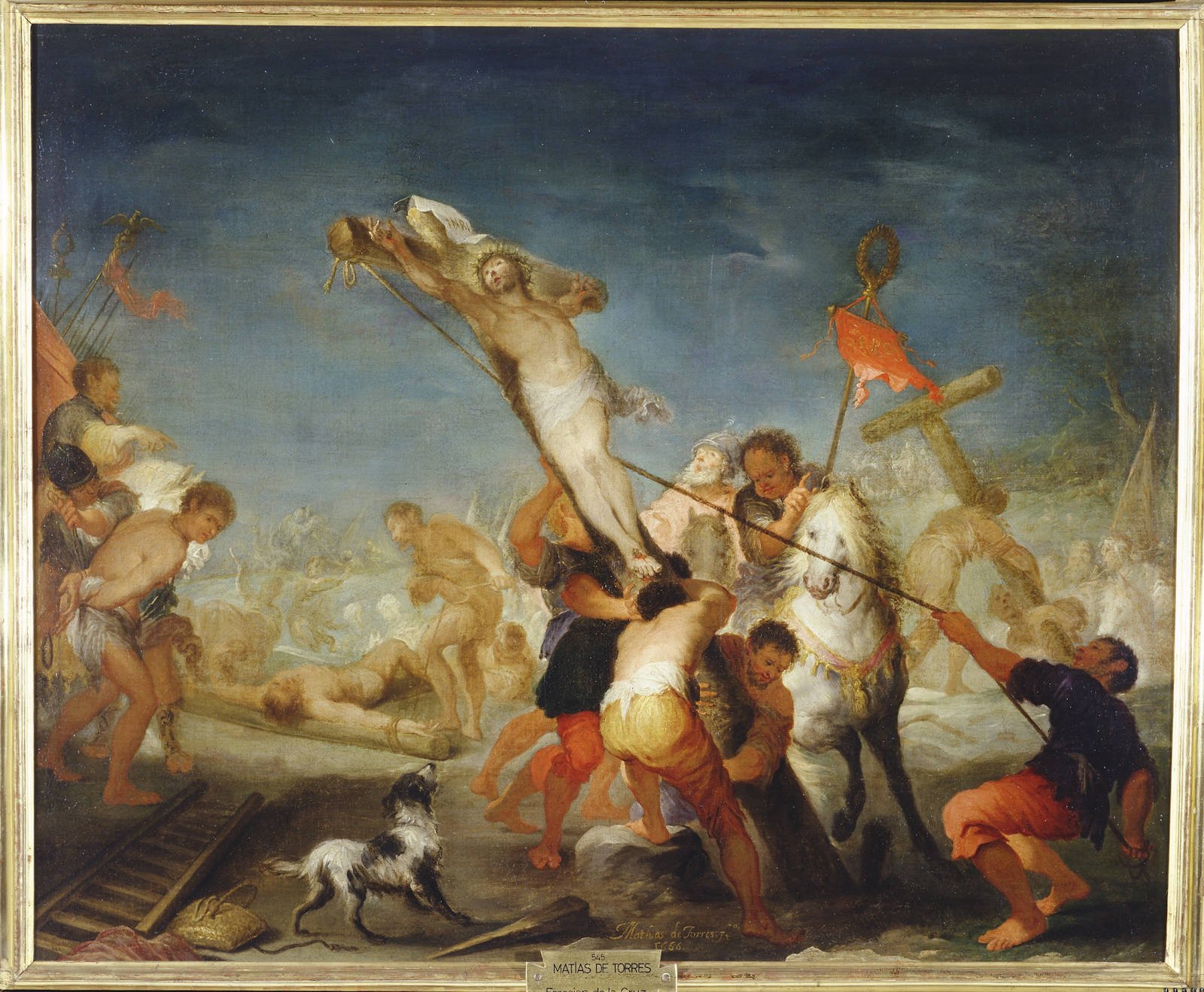




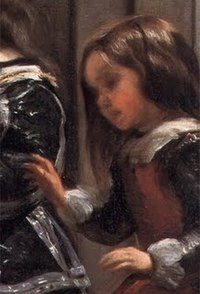


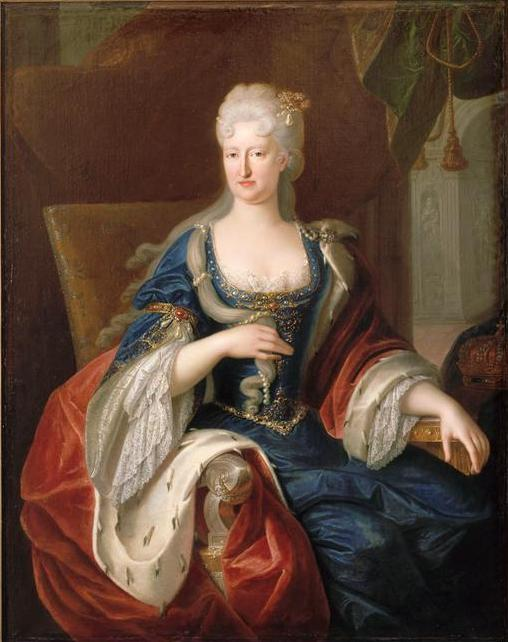
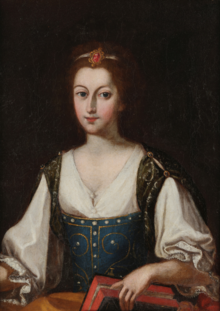
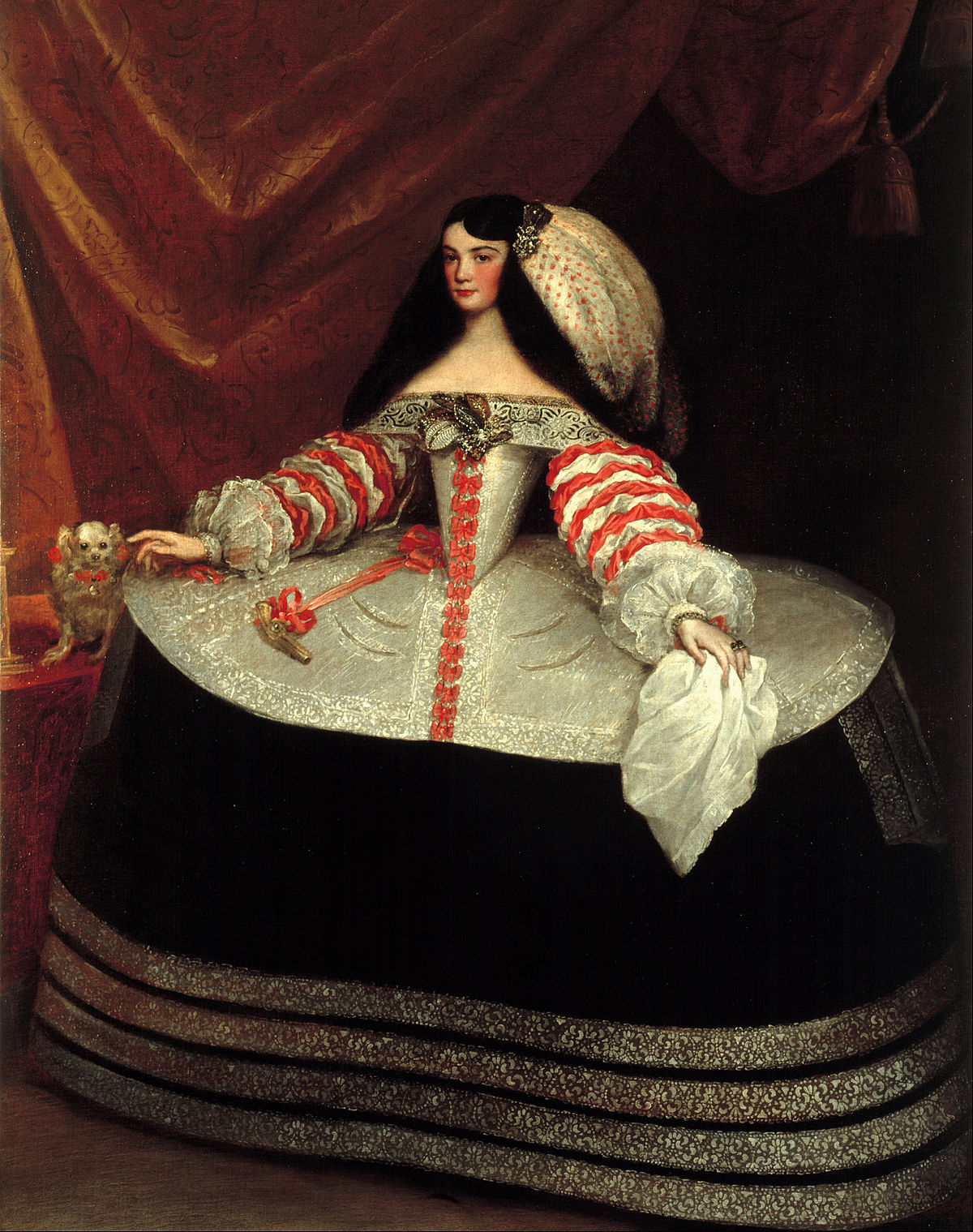

No comments:
Post a Comment